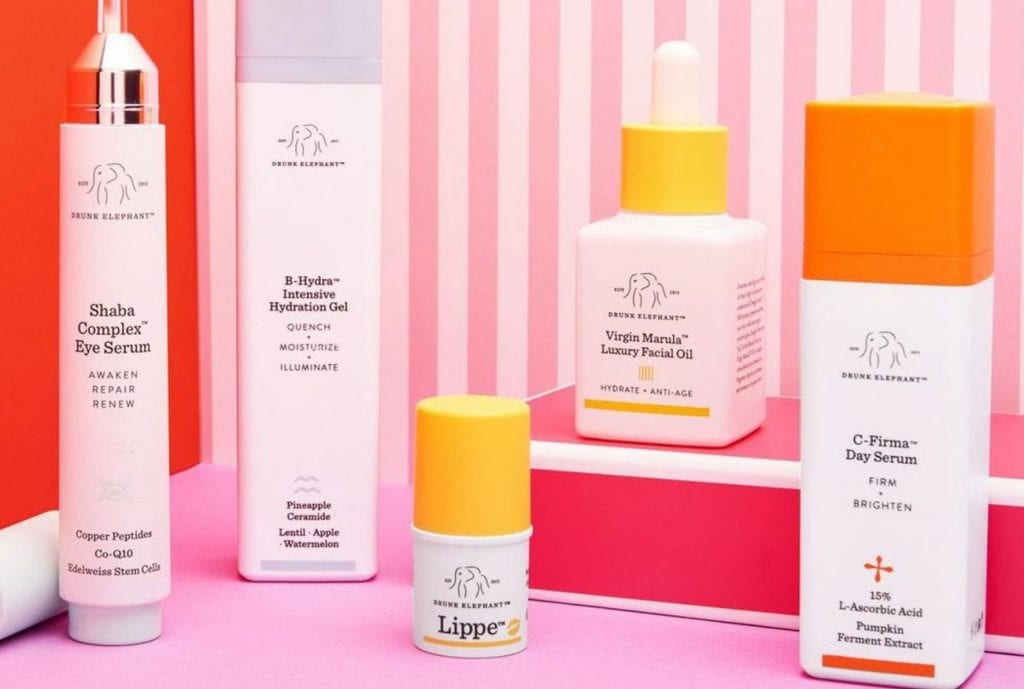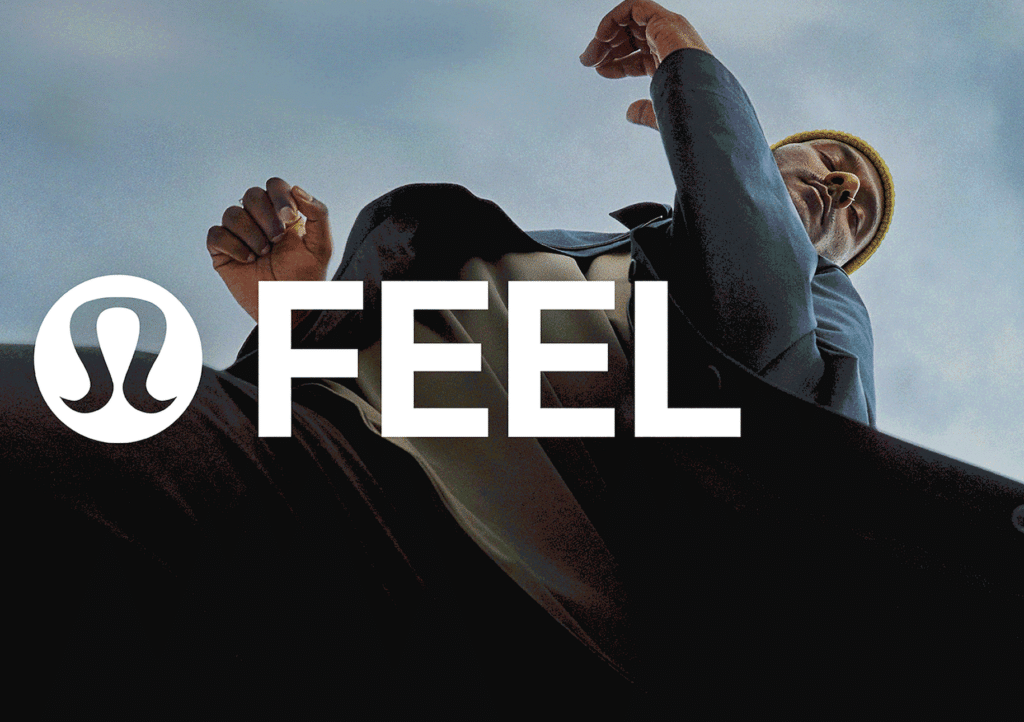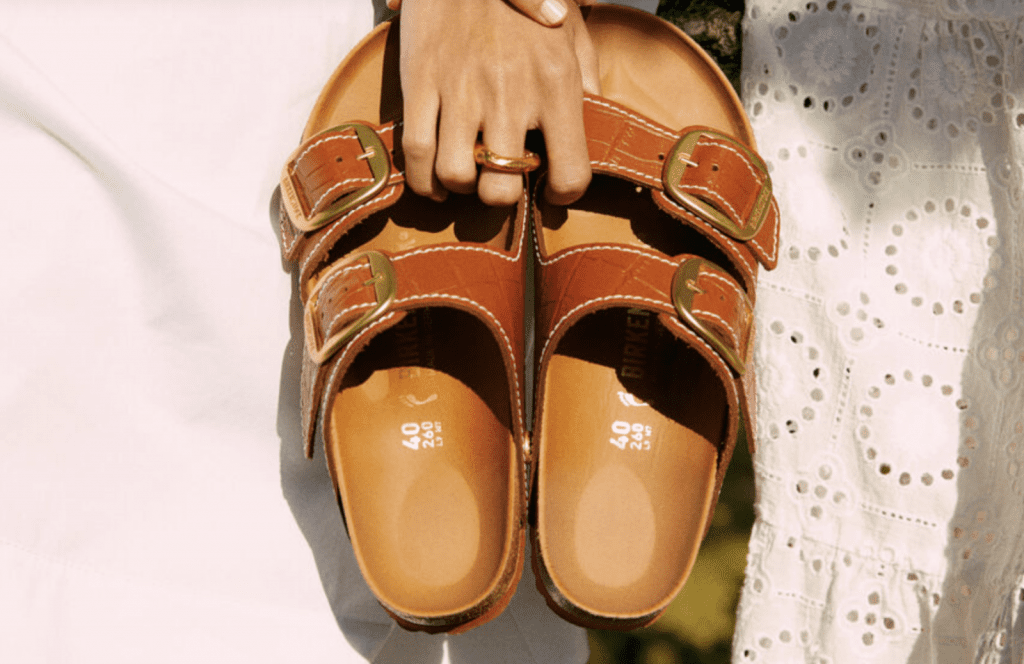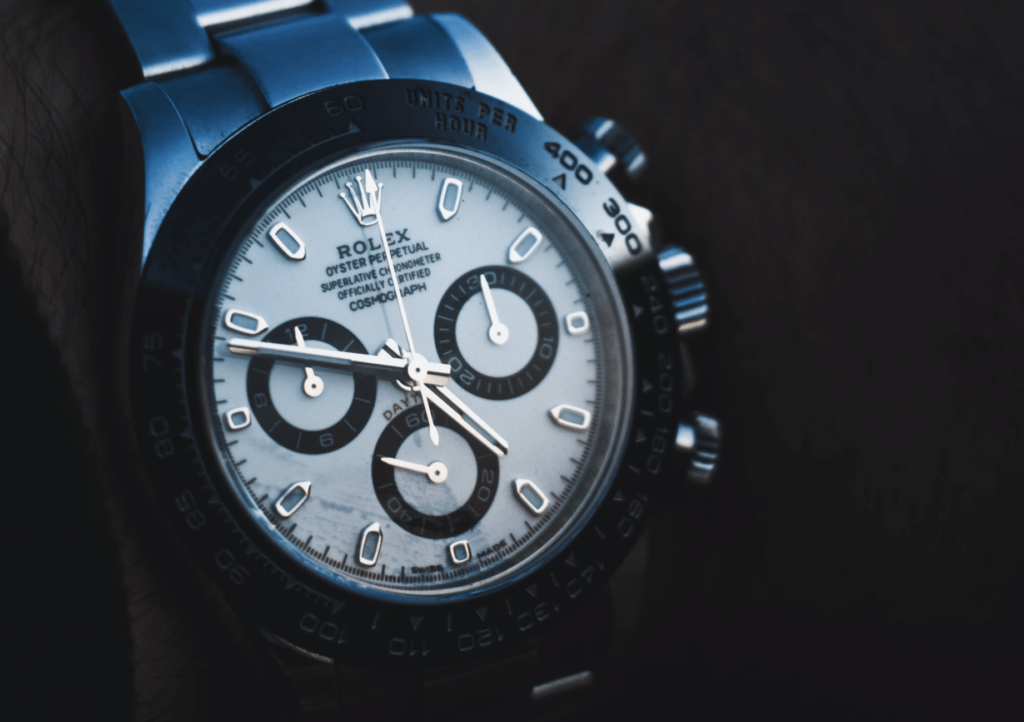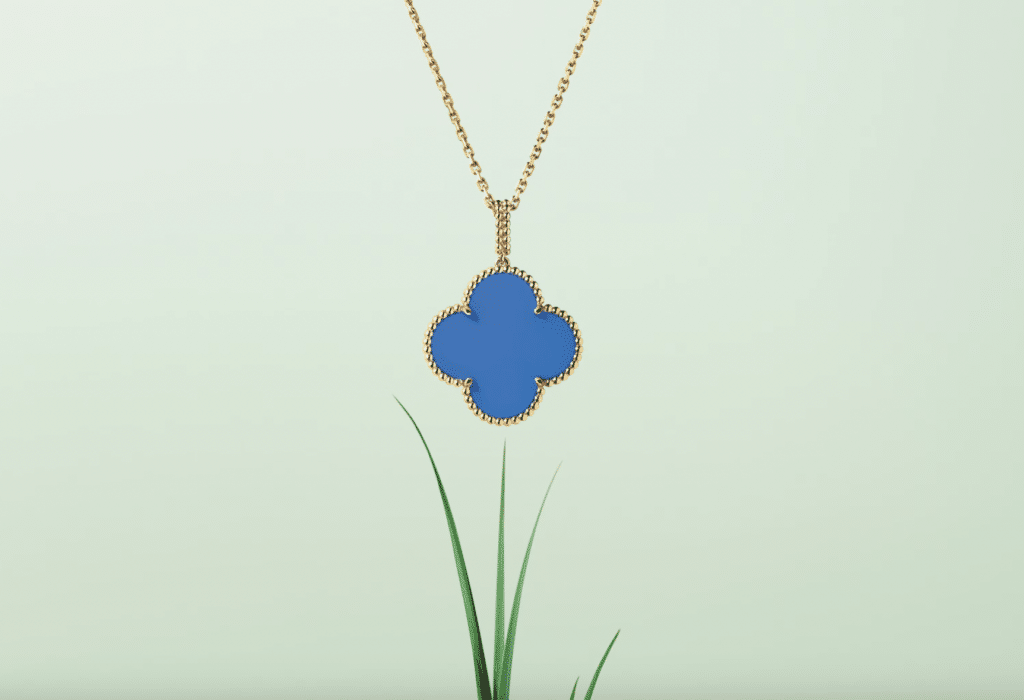L’Oreal and Drunk Elephant have managed to settle a high-stakes fight over their respective Vitamin C products two years after the case was filed. According to a joint stipulation of dismissal filed with the U.S. District Court for the Western District of Texas late last month, the parties alerted the court that they have agreed to “dismiss all claims against [Drunk Elephant] in this matter with prejudice, and all counterclaims against [L’Oreal] in this matter without prejudice, [with] each party to bearing its own costs, attorneys’ fees, and expenses.” The court formally disposed of the case a day later on October 27.
The dismissal comes on the heels of the American arm of French giant L’Oreal slapping its smaller rival Drunk Elephant with a headline-making suit, accusing Drunk Elephant of infringing one of its valuable utility patents by way of the cult-followed 8-year-old brand’s award-winning and highly-buzzed-about $80-per-ounce Vitamin C serum. In its November 2018 complaint, L’Oreal asserted that Drunk Elephant’s C-Firma Day Serum contains a patent-protected chemical makeup that mirrors that of L’Oreal-owned brand Skinceuticals’ more expensive C E Ferulic Serum. As a result, L’Oreal argued that Drunk Elephant was directly infringing a utility patent (no. 7,179,841) that it has held since 2007.
In its complaint, L’Oreal alleged that its patent-protected compound – namely, “stabilized ascorbic acid compositions and methods” that “provide enhanced stability, enhanced solubility and an enhanced photo-protective effect [for ascorbic acid] as compared to prior compositions” – is embodied in Skinceuticals’ $180 C E Ferulic serum. By manufacturing and offering for sale the C-Firma Day Serum, L’Oreal said that Drunk Elephant was making use of the invention at the center of its ‘841 patent without the authorization to do so. (The exact problem with Drunk Elephant’s product, according to L’Oreal? It contains a specific “single-phase solution composition” of a cinnamic acid derivative selected from p-coumaric acid, ferulic acid, caffeic acid, sinapinic acid; cis and trans isomers; an alkanediol; and water and mirrors that of L’Oreal’s patent-protected composite.”)
“Despite knowledge of the ’841 Patent as early as September 21, 2018, when L’Oréal informed Drunk Elephant of [such] infringement via letter,” L’Oreal alleged that Houston, Texas-based Drunk Elephant “continues to encourage, instruct, enable, and otherwise cause its customers to use its products, which infringe the ’841 Patent.”
In its initial response to the lawsuit in June 2019, Drunk Elephant “specifically denied” that its C-Firma Day Serum “infringes any valid claim [included in L’Oreal’s] ’841 patent,” and explicitly rejected L’Oreal’s argument that the patent prevents it from “manufacturing and selling any Drunk Elephant products,” including the C-Firma Day Serum.
Inequitable Conduct
Last month’s dismissal comes almost exactly a year after the court tossed out one of the counterclaims that Drunk Elephant’s lodged against L’Oreal, in which the now-Shiseido-owned company attempted to sidestep liability by asserting that at least part of L’Oreal’s patent was invalid. In its June 2019 answer, Drunk Elephant asserted several counterclaims, including one that accused L’Oreal of engaging in inequitable conduct, thereby, making its ‘841 patent unenforceable.
To be exact, Drunk Elephant asserted that L’Oreal failed to properly alert the U.S. Patent and Trademark Office” (“USPTO”) of two previously-issued patents that were “material to the patentability of [its own] ‘841 patent,” and that would have caused the USPTO to refused to “allow at least one claim of the ‘841 Patent had [it] been aware of them, alone or in combination with other prior art, and based on the state of the art at the time.” Drunk Elephant argued that the existing patents were owned by “entities ‘related’ to L’Oréal USA,” and thus, L’Oréal “knew about the withheld patents during prosecution of and prior to the [USPTO’s] issuance of the ‘841 patent.”
By knowing about and failing to cite the existing patents in connection with its own patent application for the Vitamin C compound, Drunk Elephant argued that L’Oréal “breached their duty of disclosure by intentionally withholding the [patents] from the USPTO with the intent to deceive the Patent Office into granting the ‘841 patent.”
In response, L’Oreal argued that Drunk Elephant failed to sufficiently establish that it “made an affirmative misrepresentation of material fact, failed to disclose material information, or submitted false material information, and [that it] intended to deceive the [USPTO].” Specifically, L’Oreal asserted that Drunk Elephant “fails to identify any individual associated with the prosecution or filing of the application that issued as the ‘841 patent and therefore, [that it] owed a duty of disclosure to the USPTO.” The beauty giant argued that Drunk Elephant fell short in setting forth “facts that would plausibly suggest that any individual(s) associated with the filing or prosecution of the ‘841 patent had actual knowledge of” the two previously-issued patents held by entities related to L’Oréal.
Drunk Elephant’s “allegations are conclusory,” L’Oreal argued, and its attempt “to impute collective knowledge” on L’Oreal about the existing patents – and with it, a duty of disclosure to the USPTO – are “deficient.”
Fast forward to November 2019 and the court dismissed Drunk Elephant’s inequitable conduct counterclaim for failure to state a claim. And fast forward again by a year and the case has come to a close in its entirety, with the parties’ out-of-court resolution remaining confidential. (It is worth noting that Drunk Elephant’s blockbuster C-Firma remains on shelves).
Beauty and the Dupe
As for the case, as a whole, it sheds light on the ultra-competitive nature of the $500 billion-plus global beauty industry, which is rapidly evolving as Gen Z and millennials prioritize wellness, clean beauty, and the adoption of more proactive skincare regimens, complete with buzzy ingredients, such as niacinamide, hyaluronic acid, and various different vitamins. This shift has forced established names, such as L’Oreal, to revamp their offerings as traditional makeup products have largely fallen out of favor among younger consumers, and in several key cases, to acquire digitally-friendly startups, thereby, leading to an M&A spree in the beauty space.
In October 2019, for instance, Japanese giant Shiseido revealed that it would pay $845 million for a 100 percent stake Drunk Elephant in what was called “the most anticipated beauty M&A deal of 2019.” That deal came amid a flurry of others, including Coty Inc.’s headline-making acquisition of a 51 percent stake in reality star-turned-makeup mogul Kylie Jenner’s Kylie Cosmetics for $600 in November 2019; Coty’s subsequent deal with Kim Kardashian’s KKW brand; Estée Lauder Company’s taking full ownership of Have & Be Co., the South Korean skincare company that owns Dr. Jart+ cosmetics to assume full ownership; and Puig’s reported $1.5 billion acquisition of Charlotte Tilbury, which was confirmed in June.
Aside from its place in the larger landscape of beauty M&As deals aimed at enabling stalwart beauty names to court younger shoppers with upstart brands, Drunk Elephant and its allegedly infringing product is demonstrative of another existing trend largely brought about by demand from younger consumers: dupes. Far from a little-known practice, dupes – or cheaper alternatives to higher-end beauty products – have become a mainstay of the beauty industry. For years, mass-market beauty brands, capitalizing on consumer enthusiasm for affordable cosmetics and beauty goods, have been offering products with the same characteristics or qualities as the popular products of their higher-end competitors.
The practice has accelerated in the recent years, as “some of the best-loved products in the beauty industry are incredibly expensive,” Cheryl Wischhover previously wrote for Vox. As such, “There is an enthusiastic group of superfans who will test (or “swatch”) products like eye shadow and lipstick to find cheaper versions that are good matches for the pricier originals,” and post their findings on dedicated Instagram pages and popular makeup review blogs.
As many of the most in-demand products in the beauty/cosmetics space have shifted beyond hot-selling lipsticks and contouring kits to vitamin and mineral-dense skincare products, which can be far more expensive than even their expensive makeup counterparts, dupes have readily evolved, too.
In terms of the legal ins-and-outs of duping, those can vary. In many cases, dupes are legally on the up-and-up since neither the design of standard makeup palettes, for example, nor the idea of a tube of lipstick or a generic pink blush are protected by law. Moreover, brand owners certainly cannot initiate trademark proceedings over a rival’s use of descriptive terms, such as “nude,” “highlight,” or “shine” – which are some of most commonly used cosmetics terms.
That does not mean that brand owners are entirely without recourse when they are ripped off, though. Causes of action may arise when these dupe-offering companies re-create other brands’ packaging, as the non-functional elements of product packaging fall within the bounds of trade dress or design patent protection. So, when the distinctive, non-functional design elements of a makeup compact, for instance, are replicated, that could give rise to trade dress infringement claims, but only if those elements serve a source-identifying function in the minds of consumers.
Patent protection – both of the design and utility type – may be options, as well, as the case at hand indicates. And still yet, in some cases, such as the one that Charlotte Tilbury filed against British company Aldi (and won), copyright infringement claims can come into play connection with dupes.
*The case is L’Oréal USA Creative, Inc. v. Drunk Elephant, LLC, 1:18-cv-00982 (W.D.Tex.)




